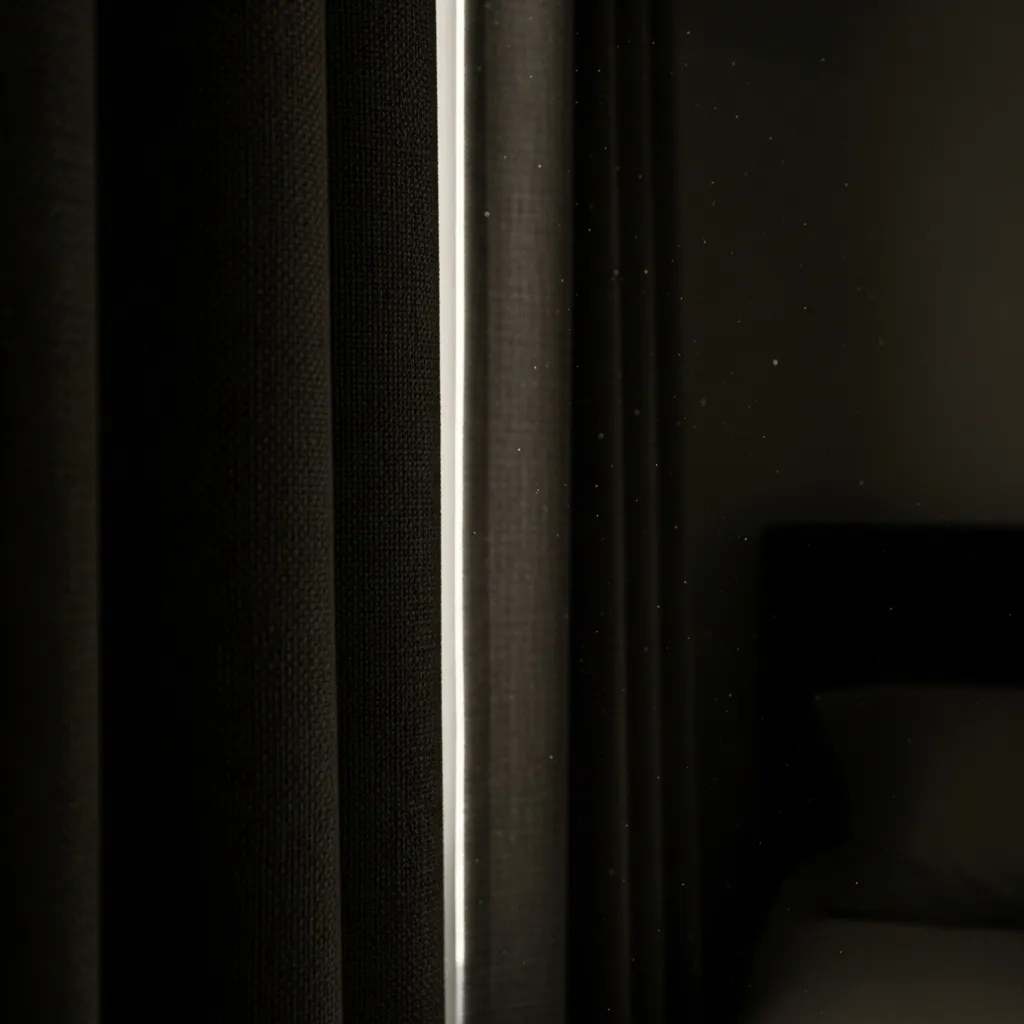Designing Your Bedroom for Deep, Uninterrupted Sleep
Your bedroom should be a sanctuary. It should be a space that, when you walk into it, your entire body exhales and says, “It’s time to rest.” Too often, our bedrooms become multi-purpose rooms—an office, a cinema, a dining room. The first step in creating a supportive environment is to establish a strong mental association between your bed and sleep. This means, as much as possible, reserving the bed for only two things: sleep and intimacy.
Make It a Cave: Cool, Dark, and Quiet
Our primal brains are wired to sleep best in a cave-like environment. Let’s recreate that. First, temperature. Most sleep experts, including those at the Sleep Foundation, agree that a cool room is more conducive to sleep. A temperature between 60 and 67 degrees Fahrenheit (15-19 Celsius) is often ideal. Experiment to find what feels best for you.
Second, darkness. Light is the primary signal that tells our brain it’s time to be awake. Even small amounts of light from streetlights, alarm clocks, or a television can interfere with the production of melatonin and disrupt your sleep. Invest in good blackout curtains or blinds. Use a simple sleep mask if you need to. Cover or turn around any glowing electronic displays.
Third, quiet. Unexpected noises can easily pull you out of a light stage of sleep. If you live in a noisy area, earplugs can be a simple and effective solution. Many people also find the consistent, soothing sound of a white noise machine or a simple fan to be incredibly helpful. It creates a calming audio blanket that masks jarring sounds like a barking dog or a passing siren, helping you stay asleep through the night.
Prioritize Comfort
This may seem obvious, but it’s worth a closer look. Are your pillows supporting your head and neck properly? Is your mattress still comfortable, or is it causing aches and pains? We spend a third of our lives in bed, so investing in a comfortable mattress and pillows that suit your sleeping style is an investment in your overall senior health. The same goes for your bedding. Natural, breathable fabrics like cotton or linen can help regulate your body temperature and feel wonderful against your skin, adding another layer of comfort and invitation to your sleep sanctuary.




















